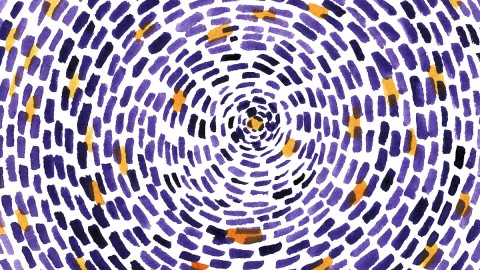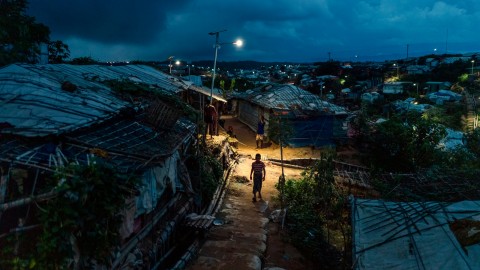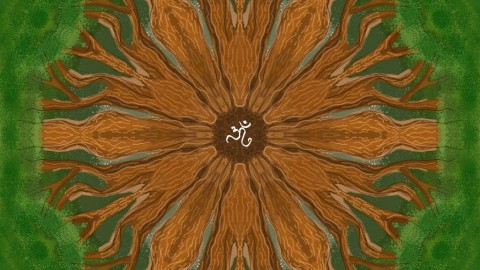Integrating Ancient Wisdom in Modern Life: Abhyasa and Vairagya
- Based on different practices to attain Samadhi until the liberated state, or Kaivalya, finally appears, it can be categorised mainly into two types. First yogis attain the Sampragyat Samadhi and then with more deep meditation comes Asampragyat Samadhi.
- Sampragyat Samadhi is in four steps – the one that accompanies Vitarka samadhi (reasoning), Vichara samadhi (reflection), Sananda samadhi (ecstasy), and Asmita samadhi (realisation of the self). When the person is able to feel all of the above, he is said to be in the highest state of Sampragyat Samadhi called Sammapatti.
- Savitarka is the stage of Samadhi that offers advantageous reasoning to our minds and is accompanied by argumentation. Beyond the Savitarka, is the Nirvitarka- a further higher stage of samadhi, in which the person loses his touch with the physical sense of space and time and understands the existence of the universe in itself.
- Savichara is the higher experience, in which the yogi is capable of bringing thoughts but his mind is extremely quiet. He communicates with the large universe but understands its operations still through space and time. One step higher is the Nirvichara samadhi, in which there is no difference between the two energies. The yogi realises that he is not anymore, the energy meditating on the higher consciousness, but he is that consciousness himself.
- The next stage of the Samadhi is where the Yogi’s thoughts are absolutely balanced. Every aspect of his system flows in balance. The flow of Prana balances its way and now flows in the Sushumna Nadi. When all the systems are in perfect equilibrium the Yogi comes to a blissful state. This happy stage is called the Sananda Samadhi.
- When the yogi elevates to the next level, a level beyond bliss, he reaches a stage where there is no sense of ego or identity. That I-ness is merged with the universe and what remains is only the reflection of the all-pervading consciousness. The Sasmita Samadhi stage involves the feeling of I-ness which is the same as the universe. When the yogi stabilises in this stage and meditates further, more subtle aspects of the universe will be felt. And upon passing them, he is said to have attained Moksha.
- Patanjali says two practices can elevate the meditator on the Yogic path – Abhyasa (self-study) and Vairagya (non-attachment). The consistent practice of these two can result in the realisation of higher stages and the yogi can reach the Samadhi state.











